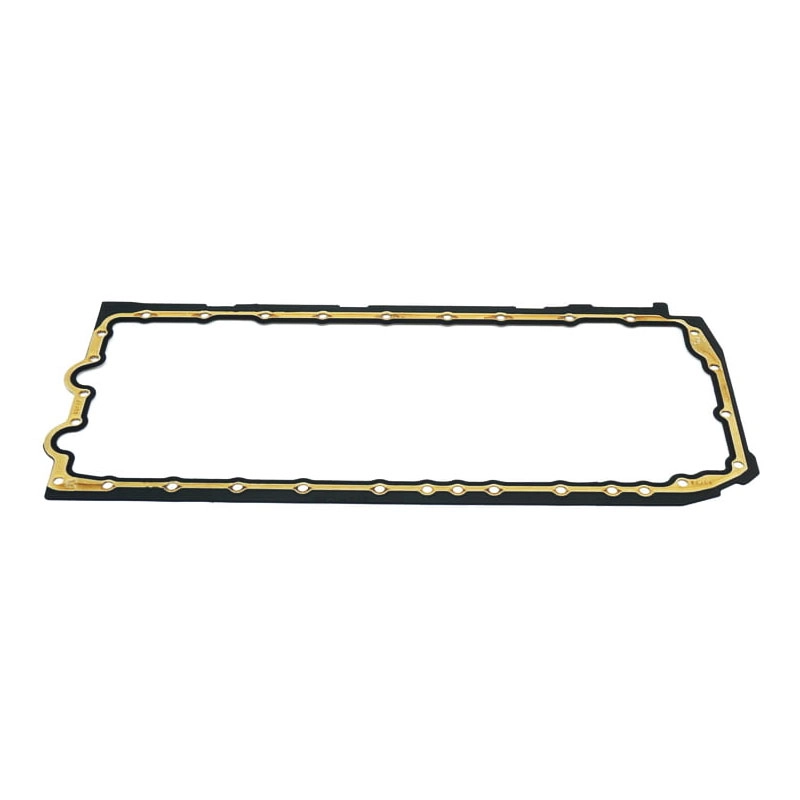Different Types of Shaft Seals and Their Applications in Engineering Systems
Understanding Shaft Seal Types A Comprehensive Overview
Shaft seals are critical components in many mechanical systems, playing a vital role in preventing fluid leaks and protecting machinery from contaminants. They are commonly used in various applications, including automotive engines, industrial equipment, and water pumps. With numerous types and designs available, selecting the appropriate shaft seal for a specific application can be challenging. This article explores the various types of shaft seals, their materials, and their applications.
1. Types of Shaft Seals
Shaft seals can be primarily categorized into two groups static seals and dynamic seals
.- Static Seals These seals are used where there is no relative motion between the surfaces. Common examples include O-rings and gaskets, which are often utilized in flanged connections. Static seals are designed to withstand pressure and prevent leakage at junctions where parts do not move.
- Dynamic Seals Unlike static seals, dynamic seals are designed for applications where there is relative motion between two surfaces. Dynamic seals are further categorized into various types, including
- Lip Seals Also known as rotary seals, lip seals are widely used in rotating applications. They consist of a flexible lip that makes contact with the shaft, creating a barrier to prevent leakage. Lip seals are versatile and effective for containing lubricants while keeping dirt and moisture out.
- Mechanical Seals Commonly used in pumps and compressors, mechanical seals consist of two sliding faces that create a seal against leakage. They are highly effective in applications involving high pressure and varying temperatures. The design may include springs, elastomers, or other materials to enhance sealing performance.
- Labyrinth Seals These seals function through a series of grooves and channels that create a tortuous path for the fluid, thus minimizing leakage. Labyrinth seals are typically used in high-speed applications as they have low friction and are less prone to wear.
- Piston Seals Piston seals are used in hydraulic and pneumatic cylinders to prevent leakage between the cylinder and the piston. They are designed to withstand high pressures and provide effective sealing during the reciprocating motion of the piston.
shaft seal types

2. Materials Used in Shaft Seals
The choice of material for shaft seals is crucial to their performance. Commonly used materials include
- Elastomers Materials such as nitrile, fluorocarbon, and silicone are often chosen for their elasticity and ability to maintain a seal under varying temperatures and pressures. Each elastomer has unique properties that make it suitable for specific applications.
- Metal For mechanical seals, metal components are often used for durability and strength. Materials like stainless steel or carbide are common in environments with aggressive chemicals or extreme temperatures.
- Composite Materials Some modern seals incorporate composite materials that combine the benefits of elastomers and metals, providing superior sealing capabilities and extended service life.
3. Applications of Shaft Seals
Shaft seals are utilized across various industries such as automotive, aerospace, manufacturing, and oil and gas. They play a crucial role in ensuring equipment reliability and efficiency by preventing leaks that can lead to machinery failure.
In automotive applications, for instance, lip seals are essential for maintaining engine oil integrity, while mechanical seals are used in water pumps and HVAC systems to prevent leaks and ensure optimal performance.
Conclusion
Understanding the various types of shaft seals and their applications is crucial for selecting the right seal for any specific mechanical system. The choice of seal type and material significantly affects the reliability and efficiency of the equipment. By considering factors like the operating environment, pressure, and fluid type, engineers can make informed decisions to enhance the durability and performance of their machines.
-
Cassette Seal: Integrated Solutions for Heavy Duty
News Aug.29,2025
-
Premium Automotive Oil Seals Suppliers | Durable & Precision
News Aug.28,2025
-
Oil Drain Plug Washer Reusable Types
News Aug.22,2025
-
Oil Drain Plug Replacement Guide
News Aug.22,2025
-
Heavy Duty Seal Waterproof Features
News Aug.22,2025
-
Engine Oil Seals Installation Guide
News Aug.22,2025
-
Seal Oil for Sale High Temperature Grade
News Aug.22,2025
Products categories















